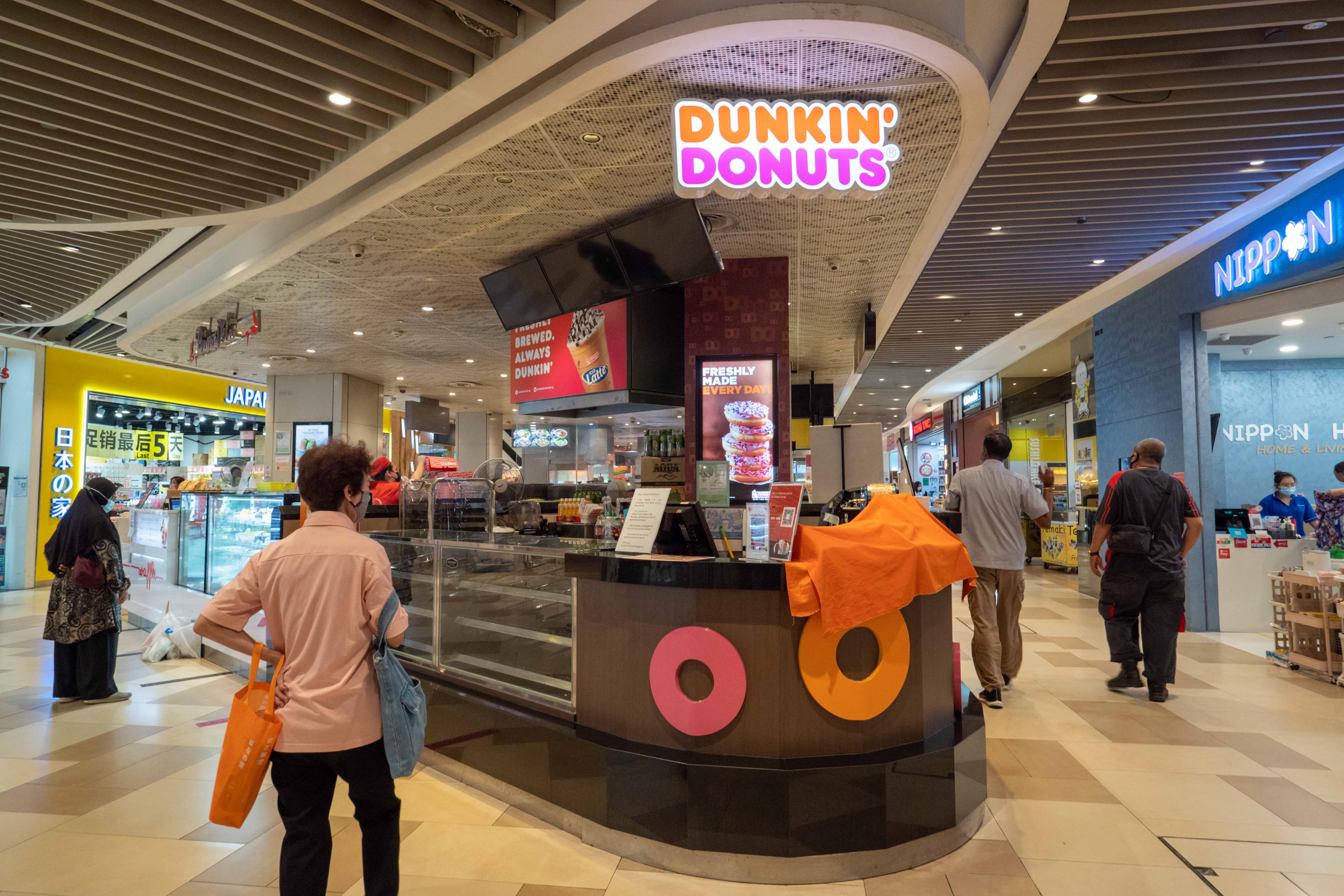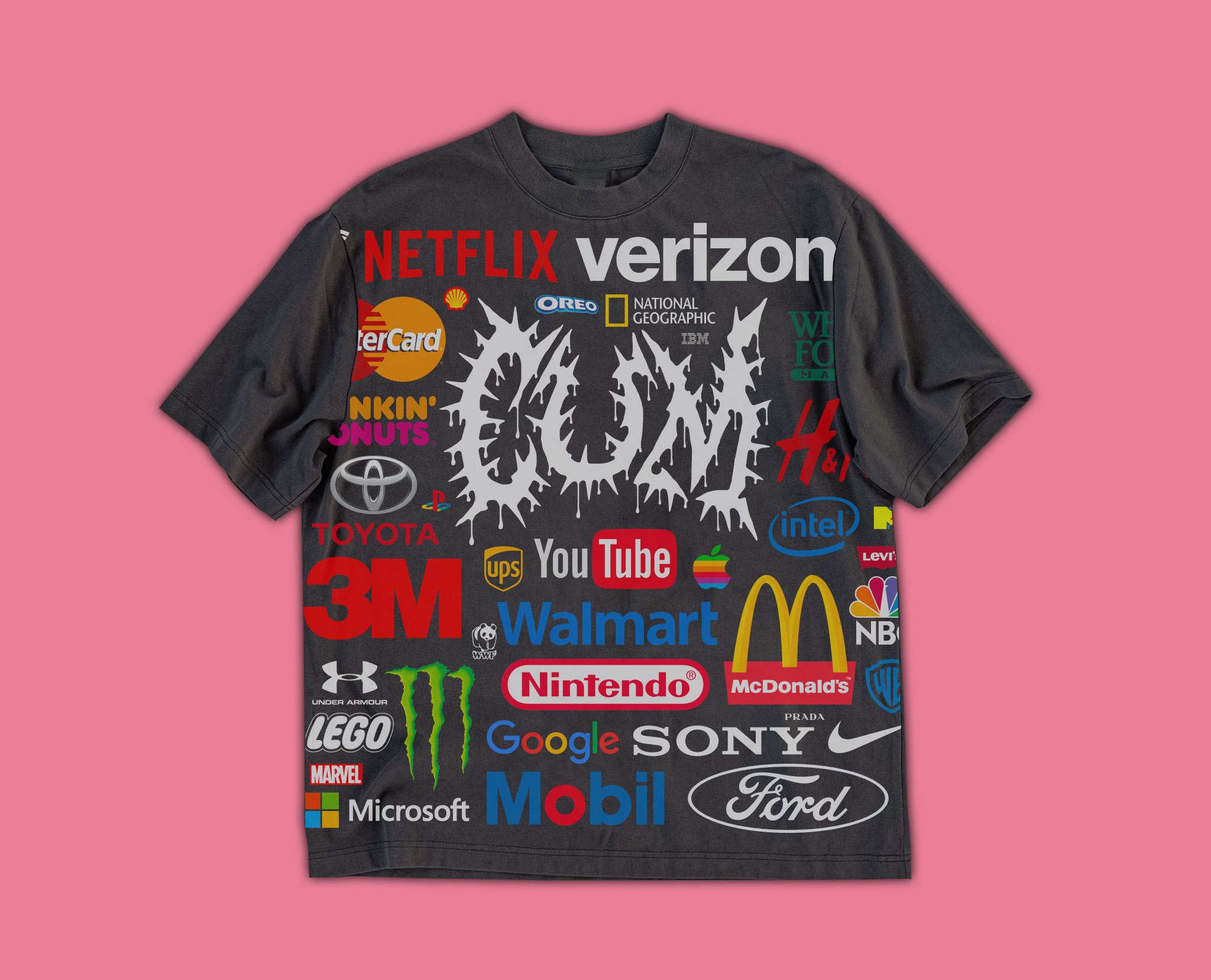Impact and Reactions to the Boycott

The Dunkin’ Donuts boycott, sparked by a perceived social injustice, had a ripple effect on the company’s sales, brand image, and overall perception. The boycott’s impact was felt across various stakeholders, with customers, employees, and investors responding in different ways.
Sales and Brand Image Impact
The boycott, while not universally adopted, did have a noticeable impact on Dunkin’ Donuts’ sales, particularly in regions where the boycott gained traction. Some locations experienced a dip in customer traffic and sales, leading to a decrease in revenue. The boycott also affected the company’s brand image, as negative publicity and social media discussions associated with the boycott contributed to a decline in public perception. This decline in brand image could potentially translate into long-term financial losses if not addressed effectively.
Dunkin’ Donuts’ Response to the Boycott
Dunkin’ Donuts responded to the boycott by issuing a public statement addressing the concerns raised. The company acknowledged the public’s dissatisfaction and promised to take steps to rectify the situation. They also emphasized their commitment to diversity and inclusion, aiming to regain the trust of their customers. Additionally, Dunkin’ Donuts implemented internal changes to address the issues at the heart of the boycott, demonstrating their willingness to adapt and improve.
Customer Reactions to the Boycott
Customer reactions to the boycott were diverse. Some customers strongly supported the boycott, choosing to abstain from Dunkin’ Donuts products as a form of protest. They expressed their disapproval of the company’s actions and pledged to boycott until they saw tangible changes. Other customers remained loyal to the brand, either unaware of the boycott or unconcerned about the issues raised. These customers continued to patronize Dunkin’ Donuts, highlighting the need for a multifaceted approach to address the boycott’s impact.
Employee Reactions to the Boycott, Dunkin donuts boycott rumble
Employees of Dunkin’ Donuts were also impacted by the boycott. Some employees, particularly those who agreed with the concerns raised, felt a sense of solidarity with the boycott. They may have expressed their support for the cause or even participated in the boycott themselves. Other employees, however, may have felt conflicted, facing pressure from both their personal beliefs and their employment. The boycott’s impact on employee morale and workplace dynamics could have been significant.
Investor Reactions to the Boycott
Investors reacted to the boycott with a mixture of concern and skepticism. Some investors, concerned about the potential financial impact of the boycott, may have sold their shares or reduced their investments. Others, however, remained optimistic about Dunkin’ Donuts’ ability to overcome the challenges posed by the boycott. They may have believed in the company’s long-term potential and its commitment to addressing the issues raised. The boycott’s impact on Dunkin’ Donuts’ stock price and investor confidence could have been significant.
Social Media and the Boycott: Dunkin Donuts Boycott Rumble

Social media played a pivotal role in amplifying the Dunkin’ Donuts boycott movement, acting as a catalyst for organizing, promoting, and spreading awareness about the campaign. It provided a platform for individuals to connect, share their grievances, and mobilize a collective response.
The Role of Social Media in Organizing and Promoting the Boycott
Social media platforms like Twitter, Facebook, and Instagram served as a hub for organizing and promoting the boycott. Hashtags like #DunkinBoycott and #BoycottDunkin became rallying cries, uniting individuals with shared concerns and encouraging them to participate in the movement.
- Online petitions: Social media facilitated the creation and circulation of online petitions, gathering signatures from individuals who supported the boycott. These petitions amplified the movement’s message and demonstrated the extent of public dissatisfaction.
- Social media groups: Dedicated Facebook groups and Twitter accounts emerged, providing a space for individuals to discuss the boycott, share information, and coordinate actions. These groups served as a platform for collective action and amplified the movement’s reach.
- Viral content: Memes, videos, and articles related to the boycott were shared widely on social media, raising awareness and generating public discussion. This viral content helped to spread the message of the boycott far and wide, reaching a broader audience.
The Impact of Social Media on Public Opinion and Consumer Behavior
Social media had a significant impact on public opinion and consumer behavior during the Dunkin’ Donuts boycott. The constant stream of negative publicity and the widespread sharing of boycott messages influenced consumer perceptions of the brand.
- Negative sentiment: Social media platforms became a breeding ground for negative sentiment towards Dunkin’ Donuts. Posts, comments, and tweets expressing dissatisfaction with the company’s actions fueled public anger and encouraged individuals to boycott the brand.
- Consumer activism: Social media empowered consumers to take action and participate in the boycott. The ease of sharing information and organizing online allowed individuals to collectively express their discontent and influence the brand’s image.
- Boycott participation: Social media played a crucial role in driving participation in the boycott. The visibility of the movement on social media platforms motivated individuals to join the cause and abstain from purchasing Dunkin’ Donuts products.
Dunkin donuts boycott rumble – The recent “Dunkin’ Donuts boycott rumble” has sparked a heated debate about corporate responsibility and consumer activism. While some see it as a necessary response to perceived ethical lapses, others view it as an overreaction fueled by online outrage. The controversy surrounding the boycott, detailed in this article , raises important questions about the power of social media and the delicate balance between individual rights and corporate interests.
The Dunkin’ Donuts boycott rumble has highlighted the power of consumer activism, but it also raises questions about the effectiveness of such campaigns. While boycotts can bring attention to issues, they often lack a clear and unified strategy. Perhaps a more nuanced approach, like the one taken by the sport climbing combined Olympics Indian team , who strategically used their platform to raise awareness about climate change, might be more impactful in the long run.
The Dunkin’ Donuts boycott, however, may serve as a valuable lesson in the complexities of achieving meaningful change through consumer action.